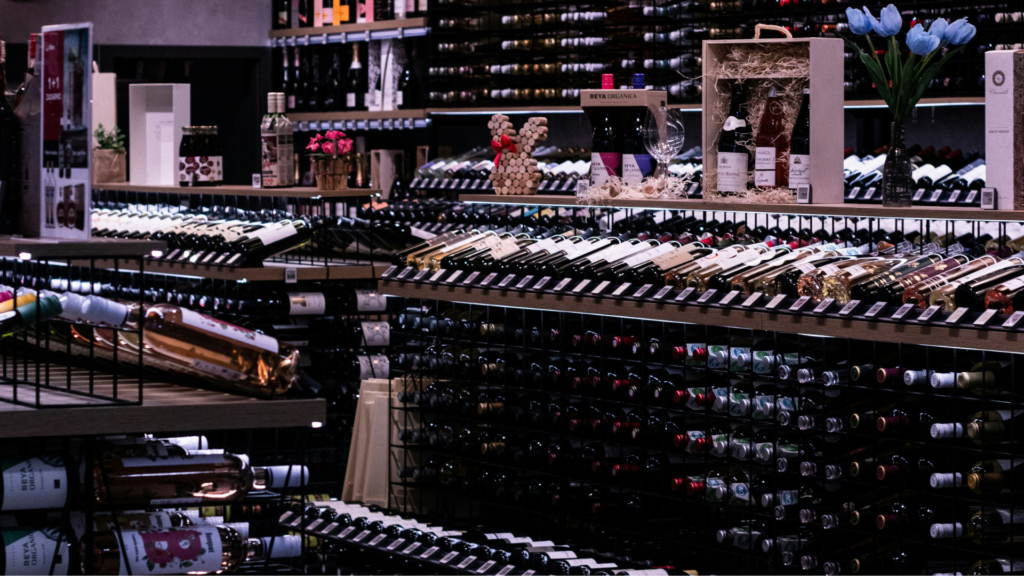
The U.S. wine market is one of the most dynamic and competitive in the world. With thousands of wine distributors, retailers, and wineries competing for consumer attention, staying ahead requires more than just quality production. Competitive intelligence is a crucial tool for understanding market trends, pricing strategies, and distribution strategies. In this article, we explore why competitive intelligence is essential for success in the U.S. wine industry.
With consumer preferences shifting rapidly and e-commerce reshaping the way wine is sold, leveraging data has become essential for making informed business decisions.
Understanding competitive intelligence in the wine industry
Competitive intelligence refers to the systematic collection and analysis of data about competitors, market trends, and consumer behavior. In the U.S. wine market, this process involves monitoring pricing fluctuations, tracking distribution strategies, and analyzing consumer purchasing habits. By leveraging competitive intelligence, wineries can make informed decisions that enhance their market positioning.
Key components of competitive intelligence in the wine industry include:
- Market trend analysis: Identifying shifts in consumer preferences and emerging wine categories.
- Pricing strategies: Analyze the evolution of my prices and compare them with those of my competitors.
- Distribution channels: Track where my wines are distributed and where those of my competitors are.
- Media monitoring of competitors: Tracking competitor brand mentions and marketing campaigns.
How competitive intelligence drives success in the U.S. wine market
Optimizing pricing strategies
Pricing strategies play a crucial role in the competitive U.S. wine market. Competitive intelligence helps wineries understand how their prices compare with competitors and whether adjustments are necessary. By tracking competitor pricing, businesses can:
- Avoid overpricing or underpricing their wines.
- Identify market segments where premium pricing is viable.
- Price tracking ensures consistency and profitability in your pricing strategy while preserving your brand image.
Consumers perceive pricing differently based on branding, perceived value and competitor comparisons. A well-adjusted pricing strategy ensures that wineries remain competitive without sacrificing profitability.
Enhancing market positioning
Understanding how competitors market their wines allows wineries to refine their branding and promotional strategies. Competitive intelligence provides valuable insights into the effectiveness of promotional campaigns, the best-performing sales channels, and consumer sentiment towards different wine brands.
Anticipating market trends
The wine industry is shaped by evolving consumer preferences, regulatory changes, and global economic conditions. Competitive intelligence allows businesses to identify emerging wine trends, such as organic wines and low-alcohol options, while also staying ahead of regulatory shifts that impact the market.
The growing popularity of canned wine among younger consumers is reshaping retail strategies, making convenience an essential factor in product offerings.
Improving distribution strategies
Distribution strategy is a key determinant of success in the wine industry. Competitive intelligence helps wineries and wine distributors:
- Identify the best-performing retail partners.
- Optimize sales strategies based on regional demand.
- Gain insights into competitor distribution tactics.
Wineries that analyze competitor distribution patterns can better identify gaps in their own strategy and explore new retail and e-commerce partnerships to expand their reach.
Leveraging competitive intelligence for long-term growth
Incorporating competitive intelligence into a wine business strategy is not just about short-term gains. Long-term benefits include:
- Better decision-making:Data-driven insights lead to smarter business strategies.
- Stronger brand loyalty: Understanding consumer needs allows brands to build lasting relationships.
- Increased profitability: Optimized pricing strategies and distribution channels result in higher revenue.
By consistently analyzing market shifts and consumer preferences, wineries can proactively adapt rather than react, ensuring their continued success in an evolving industry.
Conclusion
In an increasingly saturated U.S. wine market, competitive intelligence is no longer optional—it is a necessity. By leveraging data-driven insights, wineries can refine their pricing, marketing, and distribution strategies to stay ahead of the competition. Investing in competitive intelligence ensures sustained growth and a stronger market presence in the evolving wine industry.
At Wine Services, we provide advanced tools for price tracking and market monitoring, helping you maintain consistency and profitability while safeguarding your brand image.


